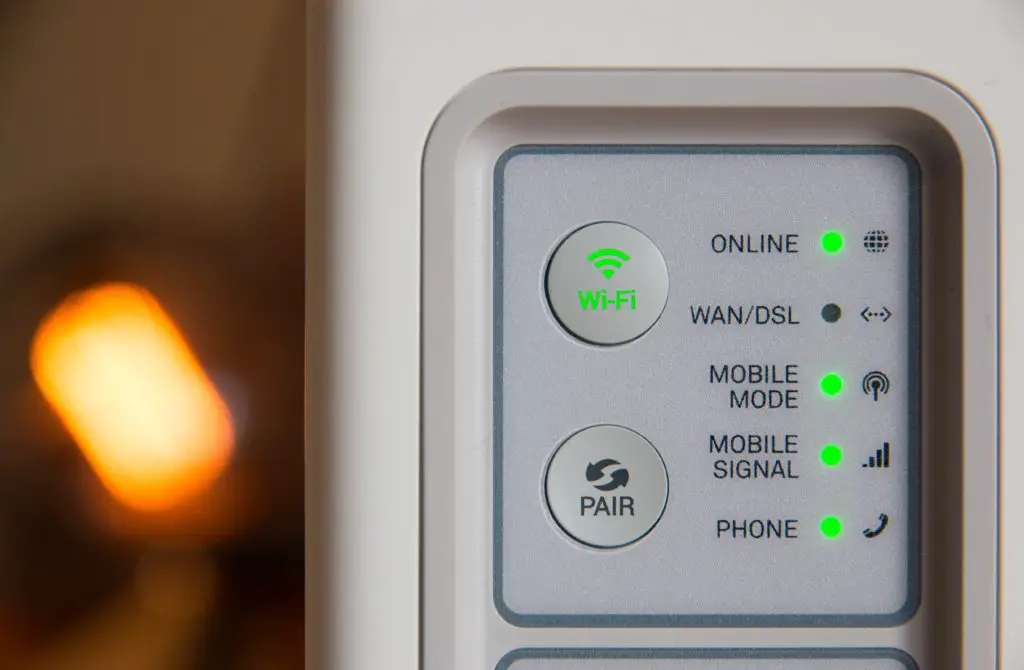A person at home may wish to give their guests access to their Wi-Fi, but maybe not absolute access for some reason or a business owner with Wi-Fi access may not want their customers to connect to their public Wi-Fi network. Each device attached to a home routers and has the same settings is part of the same network. What then should they do? and lets know about wi-fi isolation

In both cases, it is important to minimize the damage and wireless isolation is one of the best methods to limit the damage.
Wireless isolation (Wi-Fi isolation), also known as client isolation, can be found on very few home-based routers. It turns off two computers from the wireless network but allows a person to still see the computers on the wired network.
This can be used to safeguard an individual’s network by allowing them to provide wired and wireless connections over a network. It does not allow for access to safeguarded computers or resources that could be misused by unwelcome visitors. Businesses that use a wireless hotspot can also benefit from this feature.
How Does Wi-Fi Isolation Work?
Clients using the same Wi-Fi network are restricted and contained by wireless isolation. There is no communication with different wired devices. They only have access to the Internet.
Is Wireless Isolation Similar To Guest Network?
No, is it not similar. While a router’s guest networking feature serves a similar purpose, Wireless Isolation features and Guest Network features are different in certain aspects. We will discuss these differences below.
The Guest network feature of a router usually provides two separate Wi-Fi access points:
- A person’s main point with further security for everyone in the family
- Delivering a different point to the guests
A person can also set up separate rules and restrictions for the Guest Wi-Fi feature. Someone can, for example, limit internet use on the Guest network to certain hours per day for all devices other than those connected to the primary network.
How To Enable Wireless Isolation On A Router
Wireless isolation can be enabled through a router’s Web interface. The option is located below the advanced wireless settings.
The settings for Wireless isolation on some routers may look like this:
Wireless >> Advanced Wireless Settings >> AP Isolation
Wireless isolation can also be found on NETGEAR routers. It is placed below the Advanced Setup tab. Although different router manufacturers may refer to this feature differently, they almost always have the word “isolation” in their names.
This feature is unavailable on most routers. An example is a cheap router that does not have essential features such as Wireless Isolation.
There is a good chance that a firmware update with multiple capabilities might be available for a particular router model. If that is not the issue, an improvement to a router that runs a DD-WRT open-source firmware has been made available.
DD-WRT, a Linux-based project, is designed specifically to replace the default firmware of router manufacturers. It can increase the router’s capabilities and provide additional features, such as:
- Multiple SSIDs
- Bandwidth monitoring
- Endpoint access control (Wireless Isolation).
- Open VPN
- Quality of Service (QOS).
- IPtables, IPset (on certain versions), and SPI firewall
- Dynamic DNS (DDNS).
How Does The Wireless Isolation Feature Affect Performance?
Enabling this feature can often stop certain wireless features from working. If Wireless Isolation is enabled, Google Chromecast can’t communicate with other devices. This issue can be fixed by disabling Wireless Isolation from the router and/or Wi-Fi extender.
Conclusion
It is crucial to know how guests and clients can connect to a person’s Wi-Fi network. We have given detailed information about Wi-Fi isolation. Hope this piece was helpful.
FAQs
Is Wi-Fi Isolation Beneficial?
Wireless isolation forbids communication between wireless clients. This feature is helpful for BYOD, SSIDs, and visitors because it adds security to prevent threats and attacks from spreading among many wirelessly connected devices.
Do I Need To Enable Wi-Fi Isolation?
When you provide Wi-Fi access to devices you do not have control of, you should enable AP Isolate.
How Can I Disable Wi-Fi Isolation?
You can turn off Wi-Fi Isolation by going to the
- Wireless > Advanced Settings page on your router’s website.
- Locate the Wi-Fi Isolation area and uncheck it.
- You can also cite the manual of your router to release Wi-Fi isolation on certain models.
How Do I Hide Wi-Fi?
These steps will help you to hide Wi-Fi:
- Connect the computer with the router to the Wi-Fi network.
- Log in to the router’s web-based management page and then open your favorite web browser.
- Select Advanced > Wi-Fi > Wi-Fi Security Settings. It will be easy to adjust SSID, channel options, and security settings, depending on your router.
- Mark the checkbox and select Hide Wi-Fi/SSID options.
- Click Save
Should I Turn Off My AP Isolation?
You should turn off your AP isolation if you own a business that has a public Wi-Fi network.


